The key role of cooperatives
Implementing the Project on sustainable development of 1 million hectares of high-quality, low-emission rice cultivation associated with green growth in the Mekong Delta region by 2030, An Giang and Dong Thap provinces have been taking specific steps, suitable to local conditions, and initially achieved many positive results.
An Giang aims to deploy more than 44,000 hectares of high-quality rice production and reduce emissions in 11/11 districts, towns and cities in the province by 2025. All localities have issued implementation plans and established Steering Committees to ensure synchronization in implementation.
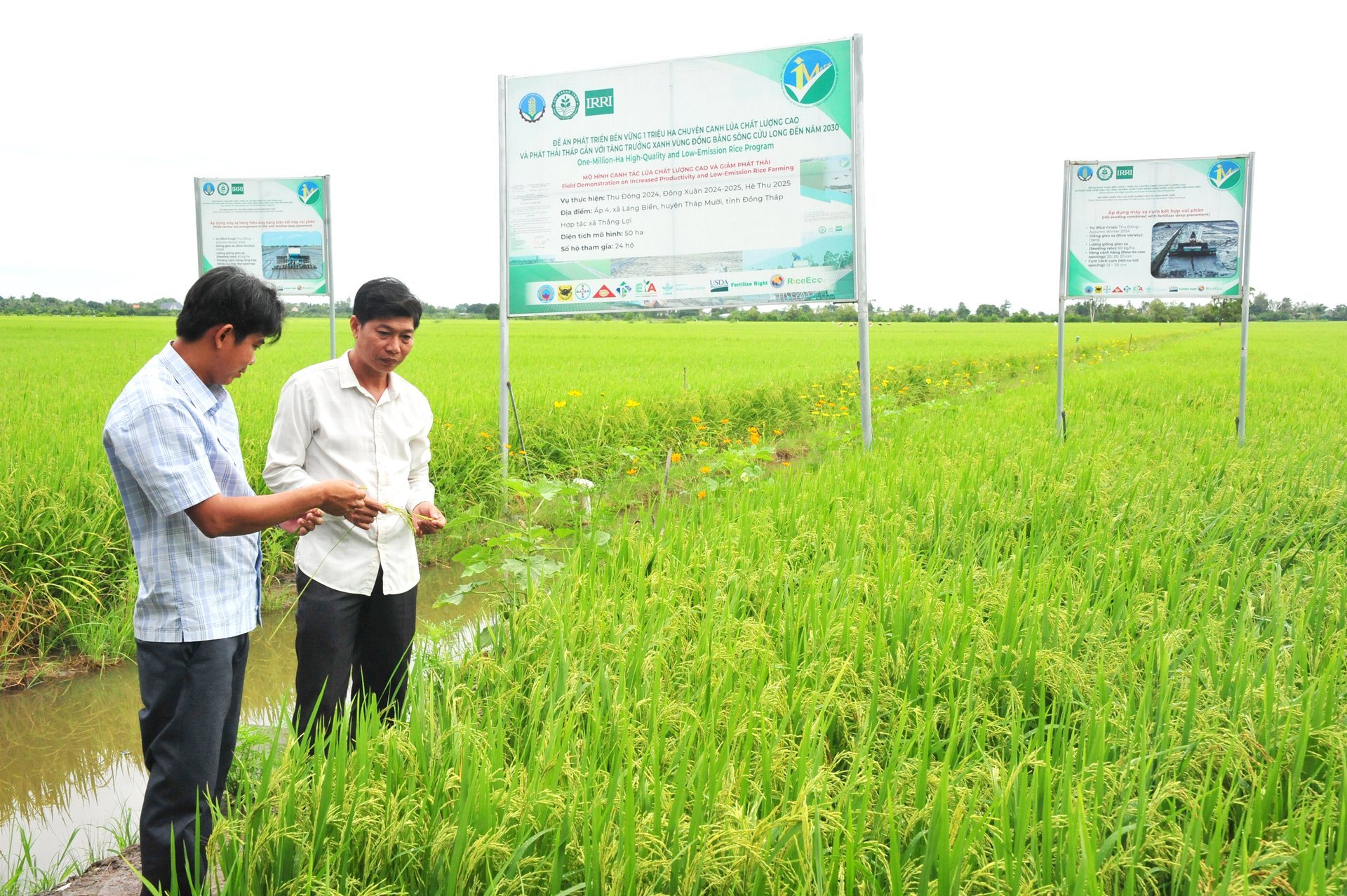
The key role of cooperatives in organizing large-scale rice production. Photo: Le Hoang Vu.
In 2024, An Giang built 22 demonstration models with an area of over 1,100 hectares (reaching 5.42% of the plan). The models all synchronously applied technical advances such as sparse sowing, using certified seeds, reducing the amount of fertilizers and pesticides, and effective water management. Thereby, helping to reduce an average of 67 kg of rice seeds/ha, reducing costs by 4-5 million VND/ha, and increasing profits by 3.6-5.3 million VND/ha compared to the control.
In the 2024-2025 winter-spring crop alone, An Giang's agricultural sector has coordinated with localities to deploy 40 demonstration models with a total area of 566 hectares, of which 38 models have been harvested. The results show that the average yield increased by 0.78 tons/ha, and the profit increased by more than 9.3 million VND/ha.
In addition, Chau Phu district is a pioneer in implementing the public-private partnership (PPP) model, connecting businesses in the rice production and consumption value chain. The model on an area of 3.5 hectares achieved an increase in profit of more than 11 million VND/ha compared to the control. This is considered a potential direction for sustainable development and attracting businesses to accompany farmers.
To date, the total rice area applying the process according to the Project's orientation has reached 8,536 hectares (accounting for 41.4% of the 2024 plan). Of which, the area applying 3 basic criteria (reducing the amount of seeds, fertilizers, pesticides and applying synchronous mechanization) has reached more than 38,900 hectares, applying 4 criteria has reached 18,158 hectares and applying all 5 criteria according to the instructions of the Ministry of Agriculture and Environment is 15,418 hectares.
Assessing the implementation process, Mr. Tran Thanh Hiep, Deputy Director of the Department of Agriculture and Environment of An Giang, said: The project of 1 million hectares of high-quality, low-emission rice is the right direction, suitable for ecological conditions and the trend of developing green, circular agriculture.
However, the implementation process still faces many difficulties, especially in changing people's farming practices and calling on businesses to participate in chain linkages. Therefore, An Giang's agricultural sector is strengthening propaganda and technical training, while advising the Provincial People's Committee to issue practical support policies to encourage farmers and businesses to participate.
Mr. Hiep emphasized the key role of cooperatives in organizing large-scale production with stable consumption contracts. Currently, many cooperatives still operate on a small scale, lacking the technical and financial capacity to become a “bridge” between farmers and businesses. This is a bottleneck that needs to be resolved in the coming time through policies to support capacity building, digital technology application and access to preferential credit.
Another difficulty is that there are not many demonstration models implemented by the district level. Most of the current models are implemented by the province, while in many localities, although there are plans, specific models have not been organized to create a spillover effect.
In the coming period, An Giang has identified a number of key solutions, including promoting propaganda work so that people understand the long-term benefits of the project such as: supporting the formation of raw material areas with business linkages, enhancing the role of cooperatives and cooperatives. At the same time, developing irrigation infrastructure, intra-field traffic to serve production and arranging public investment capital for the period 2026-2030 to synchronously deploy necessary items.
“With high determination, the synchronous participation of the entire political system and the support of the people, An Giang hopes to make an important contribution to the overall success of the Project of 1 million hectares of high-quality, low-emission rice, contributing to the development of green, sustainable agriculture for the entire Mekong Delta region,” Mr. Tran Thanh Hiep, Deputy Director of the Department of Agriculture and Environment of An Giang province, expected.
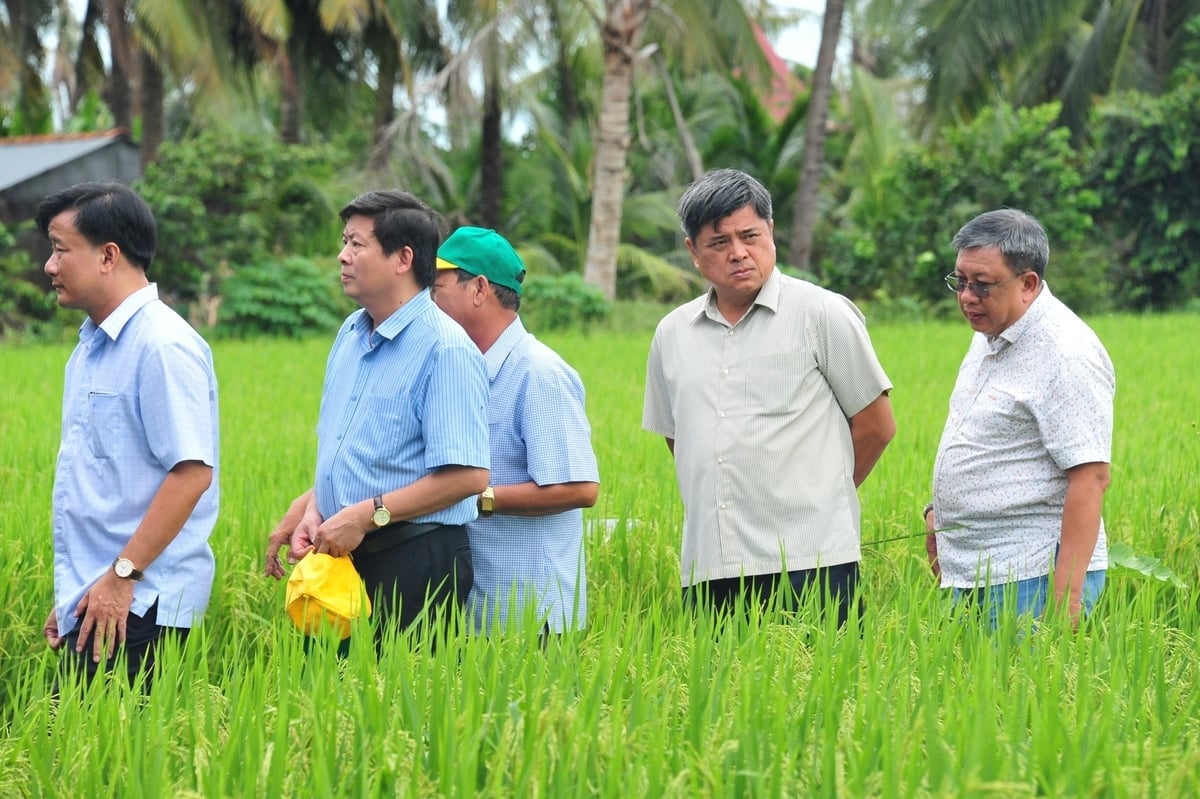
Deputy Minister of Agriculture and Environment Tran Thanh Nam (second from right) visits a field in the 1 million hectare rice project in Dong Thap. Photo: Minh Dam.
Dong Thap aims to develop 161,000 hectares by 2030
As one of the key rice production localities of the country, Dong Thap province always plays a leading role in transforming agriculture towards modernity and sustainability.
According to Mr. Huynh Minh Tuan, Vice Chairman of Dong Thap Provincial People's Committee, our goal by 2030 is to develop 161,000 hectares of high-quality rice areas, concentrated in 8 key districts and cities. In the 2024-2025 period alone, Dong Thap will focus on consolidating 50,000 hectares of existing cultivated areas, while implementing a pilot model of 50 hectares in Lang Bien commune, Thap Muoi district.
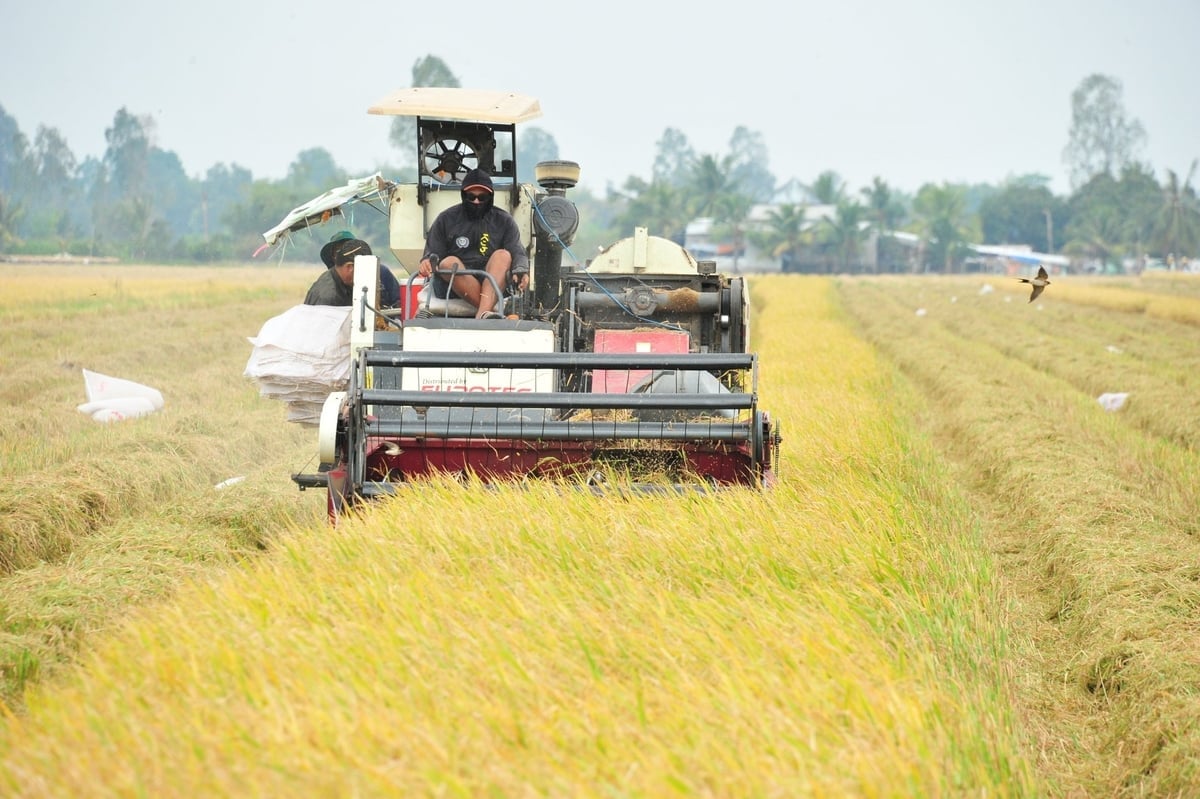
Harvesting rice in a high-quality, low-emission rice field in Dong Thap. Photo: Le Hoang Vu.
In 2024, the pilot model recorded positive results, reducing production costs, lowering prices and increasing profits for farmers by 5.3-9 million VND/ha, while helping to reduce greenhouse gas emissions by 3.9-4.9 tons of CO₂/ha/crop. To date, the total rice area participating in the Project in Dong Thap has reached more than 25,500 hectares, accounting for more than 51% of the 2025 plan, with the participation of many businesses and cooperatives in linking consumption and technical support.
In addition, the province focuses on investing in upgrading infrastructure in specialized areas, enhancing technical training for farmers, and applying mechanization and digital technology in farming. Dong Thap is also one of the first localities to issue guidelines for implementing preferential credit programs for organizations and individuals participating in the Project.
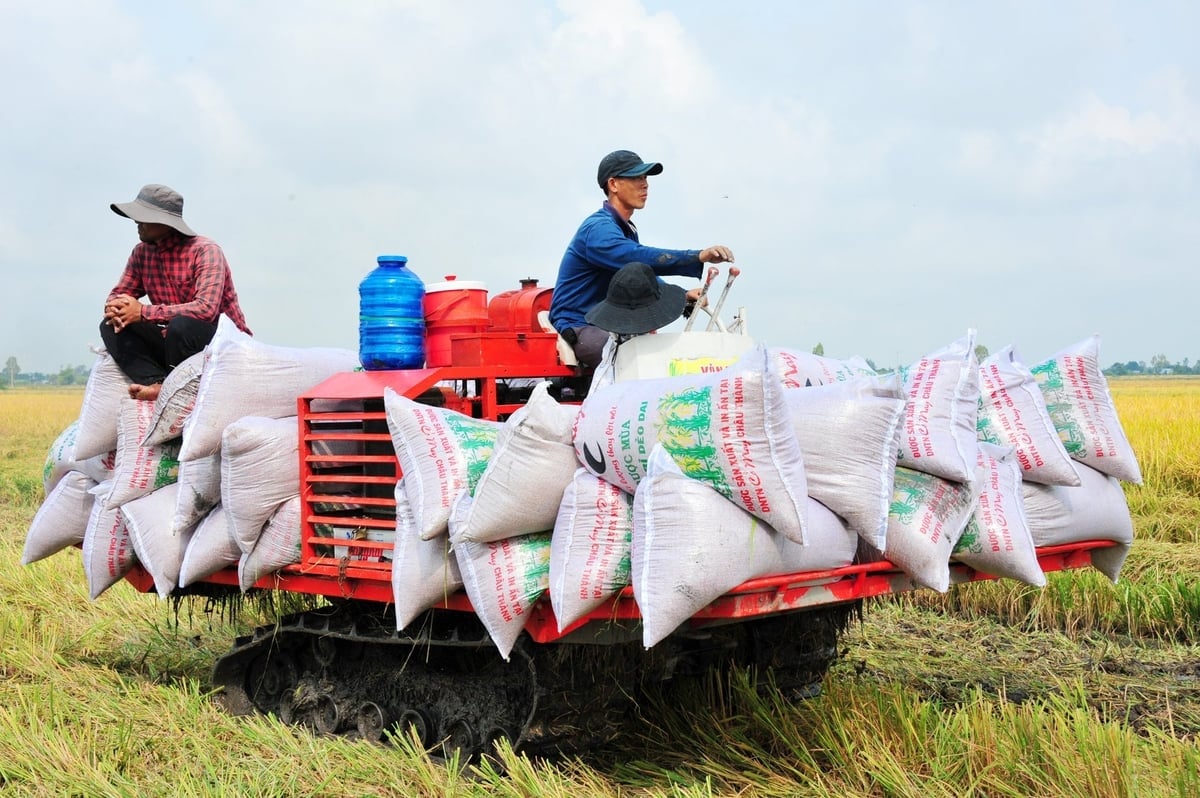
Growing rice with reduced emissions helps increase farmers' profits by 5.3-9 million VND/ha, while helping reduce greenhouse gas emissions by 3.9-4.9 tons of CO₂/ha/crop. Photo: Minh Dam.
However, Mr. Huynh Minh Tuan added that the implementation still faces many difficulties such as unsynchronized irrigation infrastructure, low consumption linkage rate and fear of conversion among some farmers.
In 2025, Dong Thap aims to expand at least 50,000 hectares of specialized areas that meet standards, continue to implement the summer-autumn crop with a pilot model in Thap Muoi, and at the same time promote investment in infrastructure for cultivation, preparing for the 2026-2030 period. The province also proposed that the Central Government soon approve a World Bank (WB) loan project to upgrade infrastructure and techniques for low-carbon rice production.
With a methodical approach, high political determination and synchronous participation from the government to businesses and people, Dong Thap is firmly on the path to building a green, modern agriculture that adapts to climate change.
Source: https://nongnghiep.vn/tu-canh-dong-truyen-thong-den-vung-lua-phat-thai-thap-d747095.html






![[Photo] Closing of the 11th Conference of the 13th Central Committee of the Communist Party of Vietnam](https://vstatic.vietnam.vn/vietnam/resource/IMAGE/2025/4/12/114b57fe6e9b4814a5ddfacf6dfe5b7f)

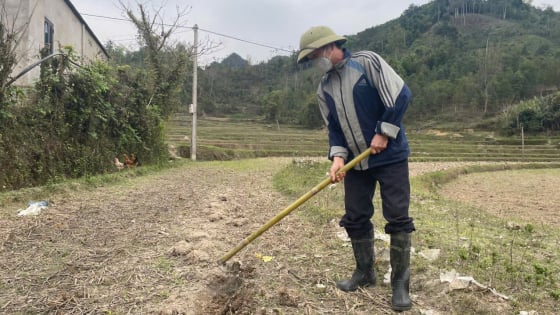
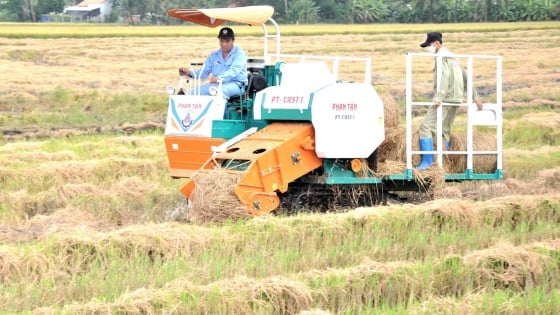
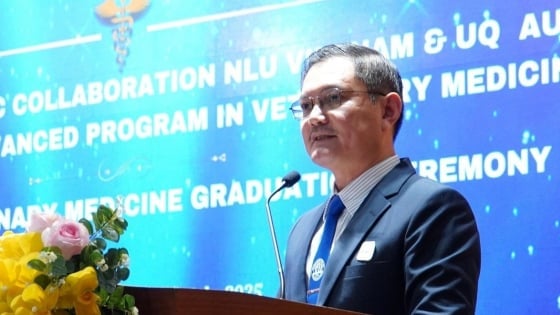

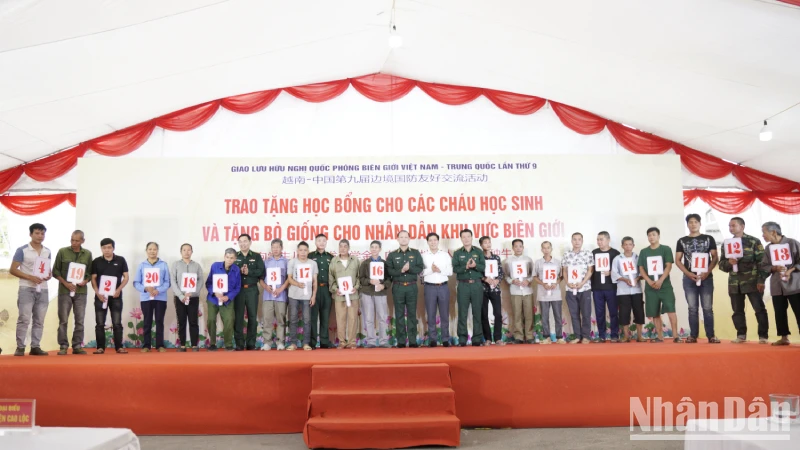
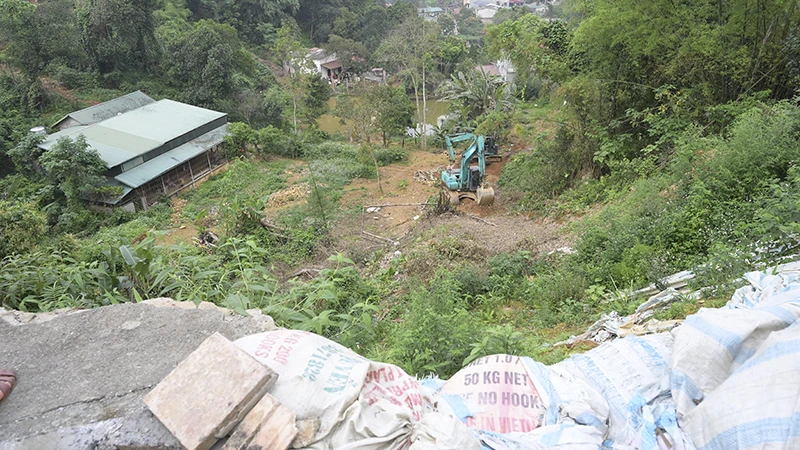



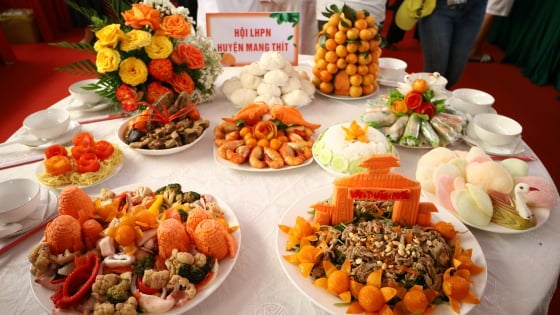
![Building the Vietnamese bird's nest brand: [Part 2] Taking off from 3 key factors](https://vstatic.vietnam.vn/vietnam/resource/IMAGE/2025/4/11/d663f78188744b9abaf7f7bda9d1f112)
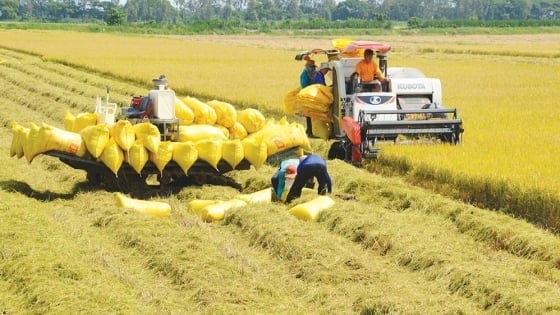
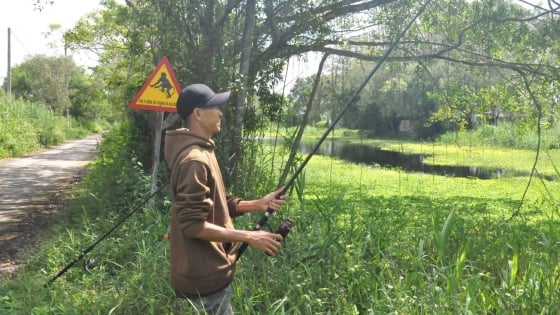

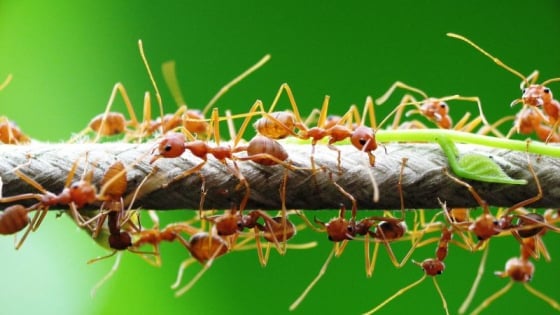
![[Photo] Overcoming all difficulties, speeding up construction progress of Hoa Binh Hydropower Plant Expansion Project](https://vstatic.vietnam.vn/vietnam/resource/IMAGE/2025/4/12/bff04b551e98484c84d74c8faa3526e0)



































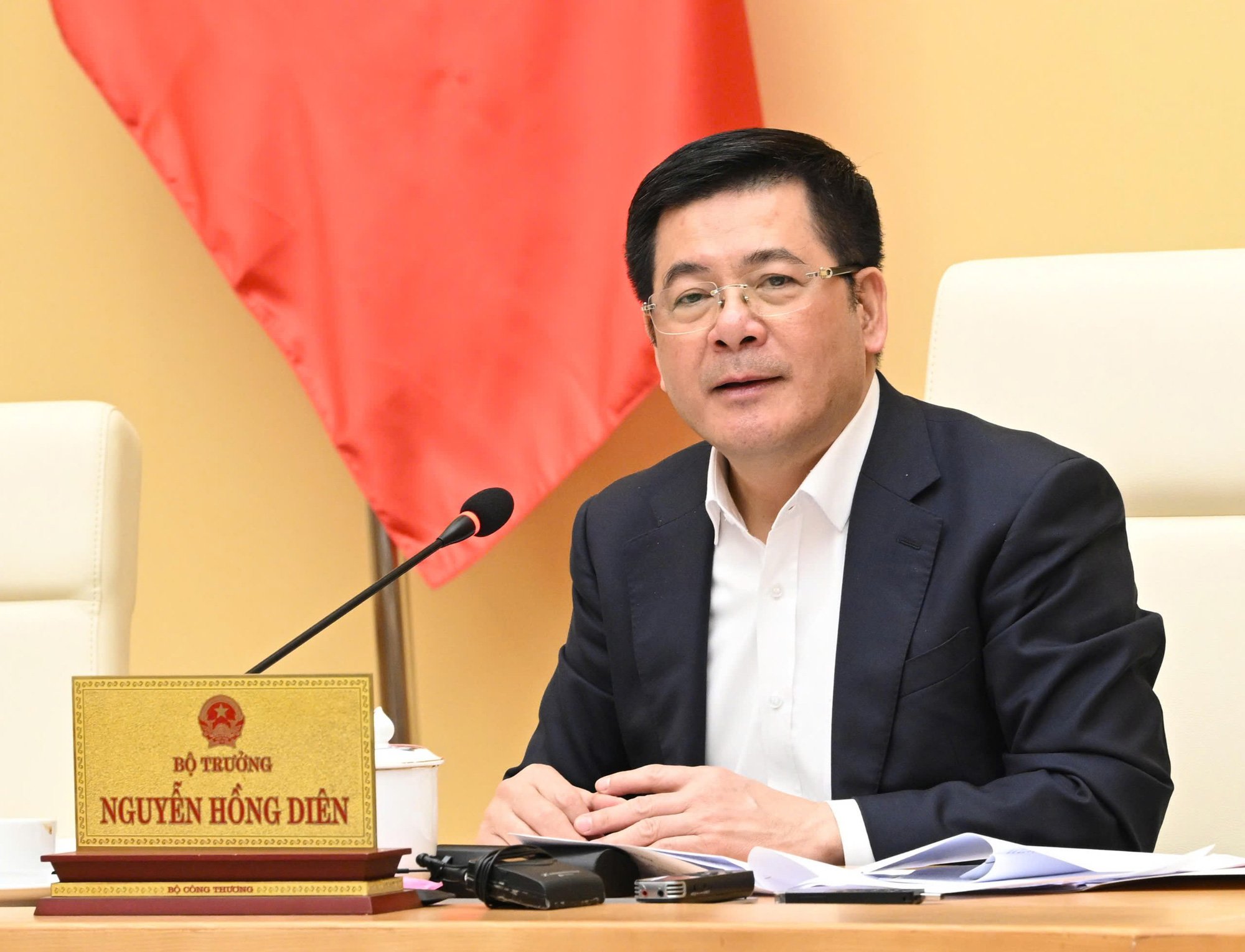
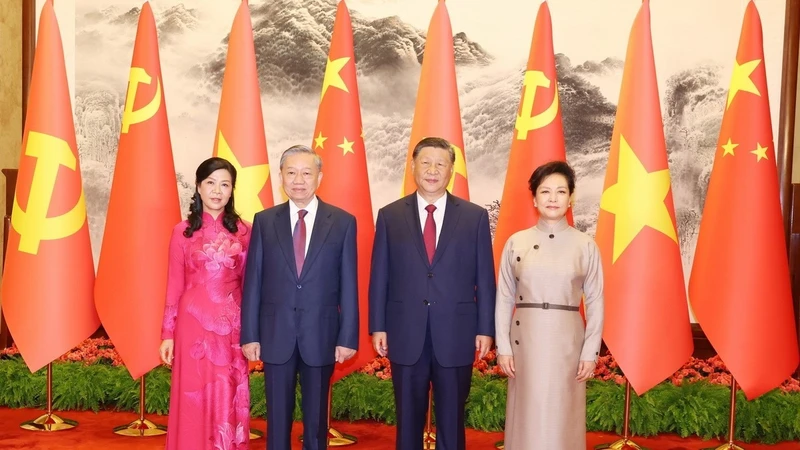








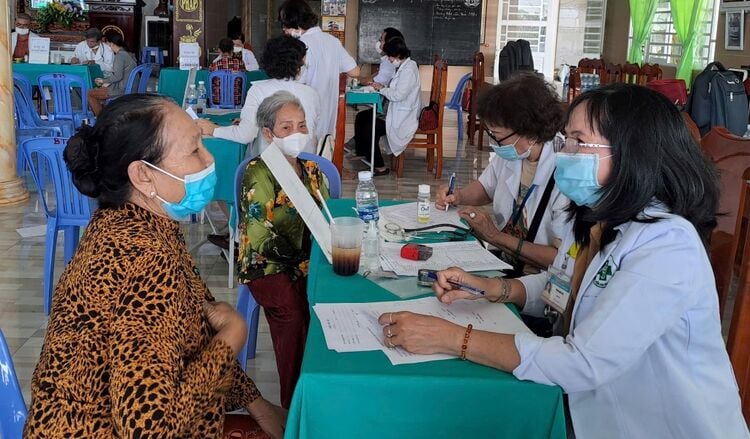

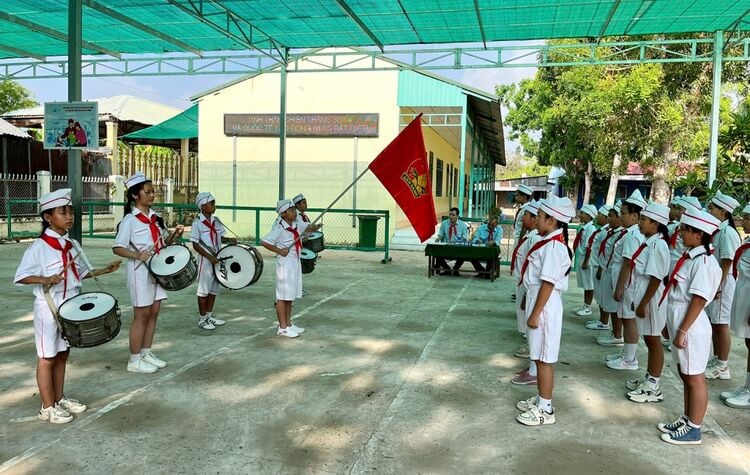
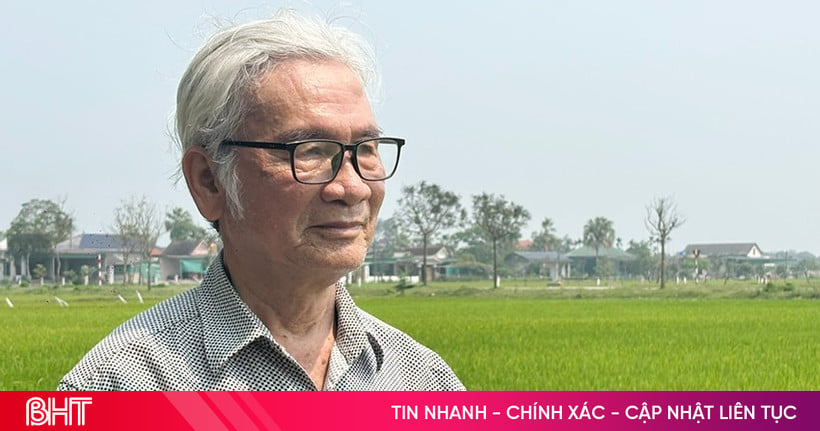

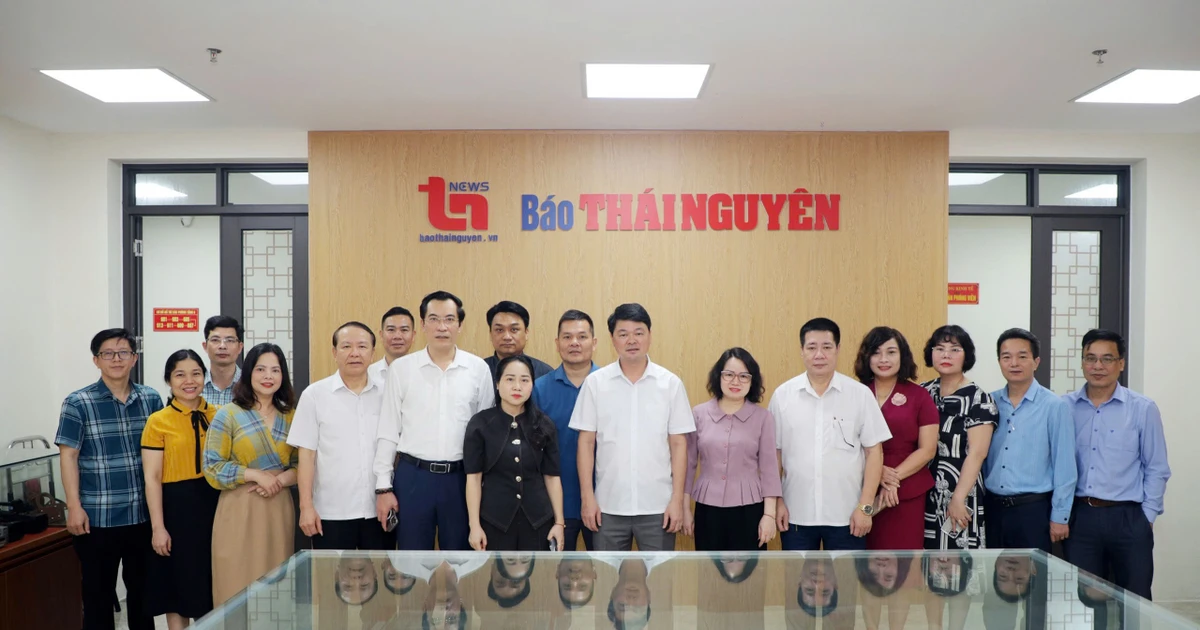

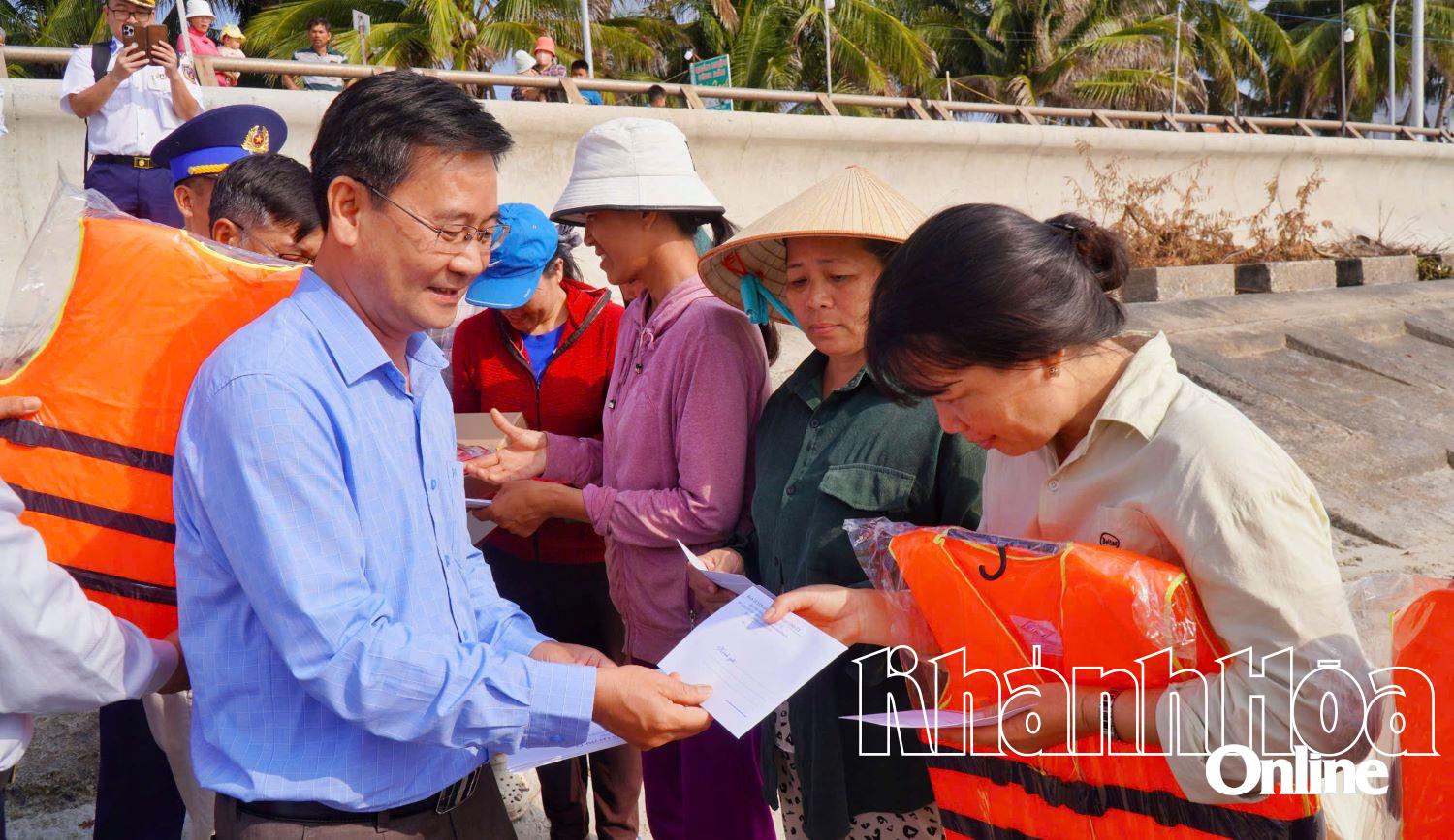

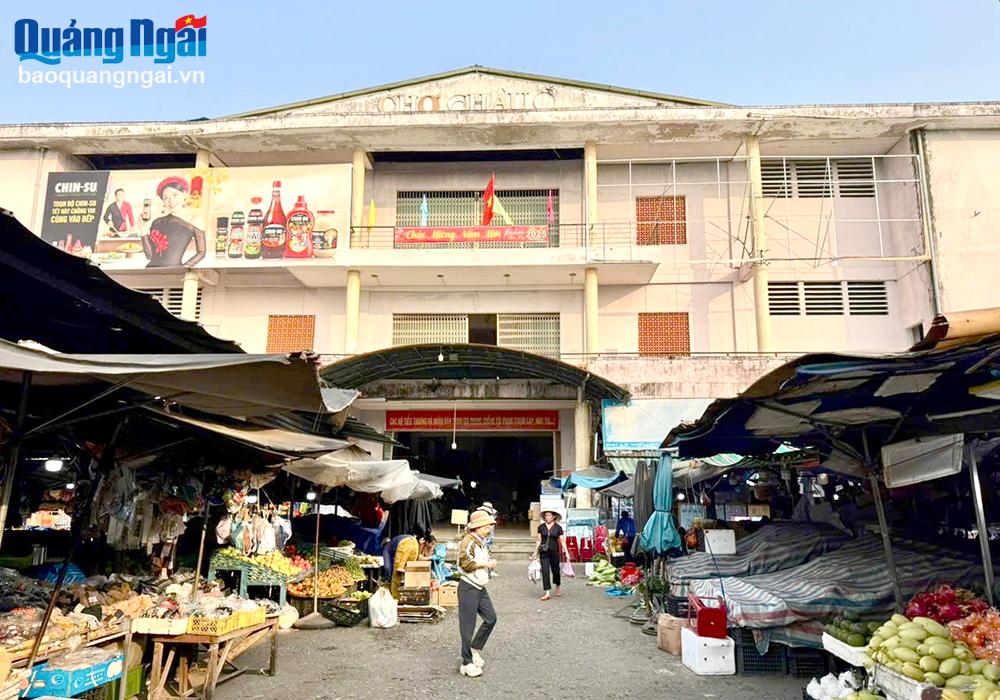










Comment (0)